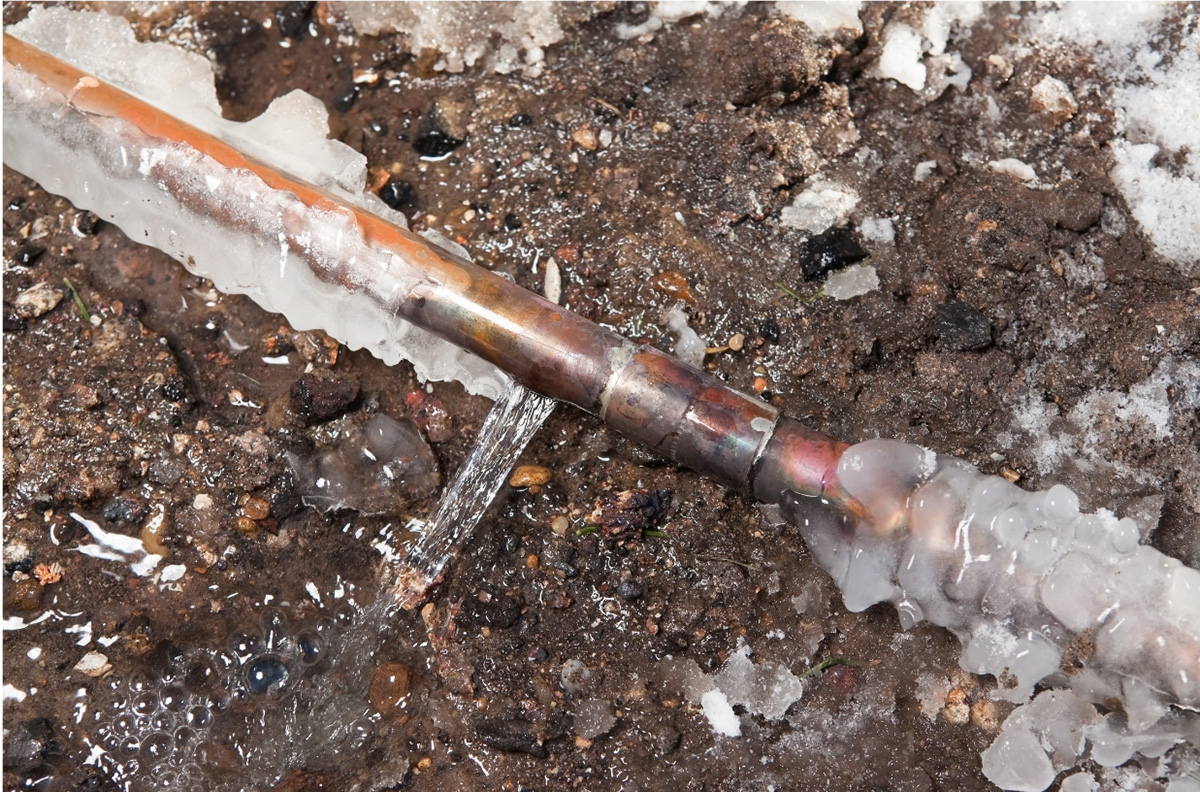Preventing Frozen Plumbing in Cold Weather: Critical Tips
Preventing Frozen Plumbing in Cold Weather: Critical Tips
Blog Article
How do you feel when it comes to How to Prevent Your Pipes From Freezing?

Winter can wreak havoc on your plumbing, particularly by freezing pipes. Below's how to avoid it from happening and what to do if it does.
Intro
As temperatures drop, the threat of icy pipelines boosts, potentially causing costly fixings and water damage. Recognizing exactly how to stop icy pipelines is crucial for house owners in cool environments.
Recognizing Frozen Pipes
What causes pipes to ice up?
Pipelines freeze when revealed to temperature levels below 32 ° F (0 ° C) for prolonged durations. As water inside the pipes ices up, it broadens, putting pressure on the pipe walls and potentially triggering them to rupture.
Dangers and problems
Frozen pipelines can cause water interruptions, building damage, and costly repair services. Ruptured pipes can flood homes and create comprehensive architectural damages.
Indicators of Frozen Pipeline
Identifying icy pipes early can avoid them from rupturing.
Just how to identify icy pipes
Try to find lowered water flow from faucets, unusual odors or noises from pipelines, and visible frost on revealed pipelines.
Avoidance Tips
Shielding prone pipes
Wrap pipelines in insulation sleeves or make use of warmth tape to protect them from freezing temperatures. Focus on pipelines in unheated or outside locations of the home.
Home heating techniques
Maintain indoor areas sufficiently warmed, especially areas with plumbing. Open cupboard doors to allow warm air to flow around pipes under sinks.
Shielding Outdoor Pipes
Garden hoses and outside taps
Separate and drain garden hose pipes before winter. Install frost-proof spigots or cover outside faucets with insulated caps.
What to Do If Your Pipelines Freeze
Immediate actions to take
If you suspect icy pipelines, keep taps open up to soothe stress as the ice melts. Use a hairdryer or towels soaked in hot water to thaw pipes slowly.
Long-Term Solutions
Architectural adjustments
Consider rerouting pipelines away from outside walls or unheated areas. Include additional insulation to attic rooms, cellars, and crawl spaces.
Updating insulation
Buy high-grade insulation for pipelines, attic rooms, and walls. Appropriate insulation assists keep consistent temperatures and decreases the danger of frozen pipelines.
Final thought
Preventing icy pipelines requires aggressive measures and fast feedbacks. By understanding the reasons, signs, and preventive measures, property owners can shield their plumbing throughout winter.
5 Ways to Prevent Frozen Pipes
Drain Outdoor Faucets and Disconnect Hoses
First, close the shut-off valve that controls the flow of water in the pipe to your outdoor faucet. Then, head outside to disconnect and drain your hose and open the outdoor faucet to allow the water to completely drain out of the line. Turn off the faucet when done. Finally, head back to the shut-off valve and drain the remaining water inside the pipe into a bucket or container. Additionally, if you have a home irrigation system, you should consider hiring an expert to clear the system of water each year.
Insulate Pipes
One of the best and most cost-effective methods for preventing frozen water pipes is to wrap your pipes with insulation. This is especially important for areas in your home that aren’t exposed to heat, such as an attic. We suggest using foam sleeves, which can typically be found at your local hardware store.
Keep Heat Running at 65
Your pipes are located inside your walls, and the temperature there is much colder than the rest of the house. To prevent your pipes from freezing, The Insurance Information Institute suggests that you keep your home heated to at least 65 degrees, even when traveling. You may want to invest in smart devices that can keep an eye on the temperature in your home while you’re away.
Leave Water Dripping
Moving water — even a small trickle — can prevent ice from forming inside your pipes. When freezing temps are imminent, start a drip of water from all faucets that serve exposed pipes. Leaving a few faucets running will also help relieve pressure inside the pipes and help prevent a rupture if the water inside freezes.
Open Cupboard Doors
Warm your kitchen and bathroom pipes by opening cupboards and vanities. You should also leave your interior doors ajar to help warm air circulate evenly throughout your home.

Hopefully you liked our post on How to prepare your home plumbing for winter weather. Thanks a ton for taking the time to browse our piece. Sharing is caring. You won't know, you may just be doing someone a favor. Thanks for being here. Please visit our blog back soon.
Click Here Report this page